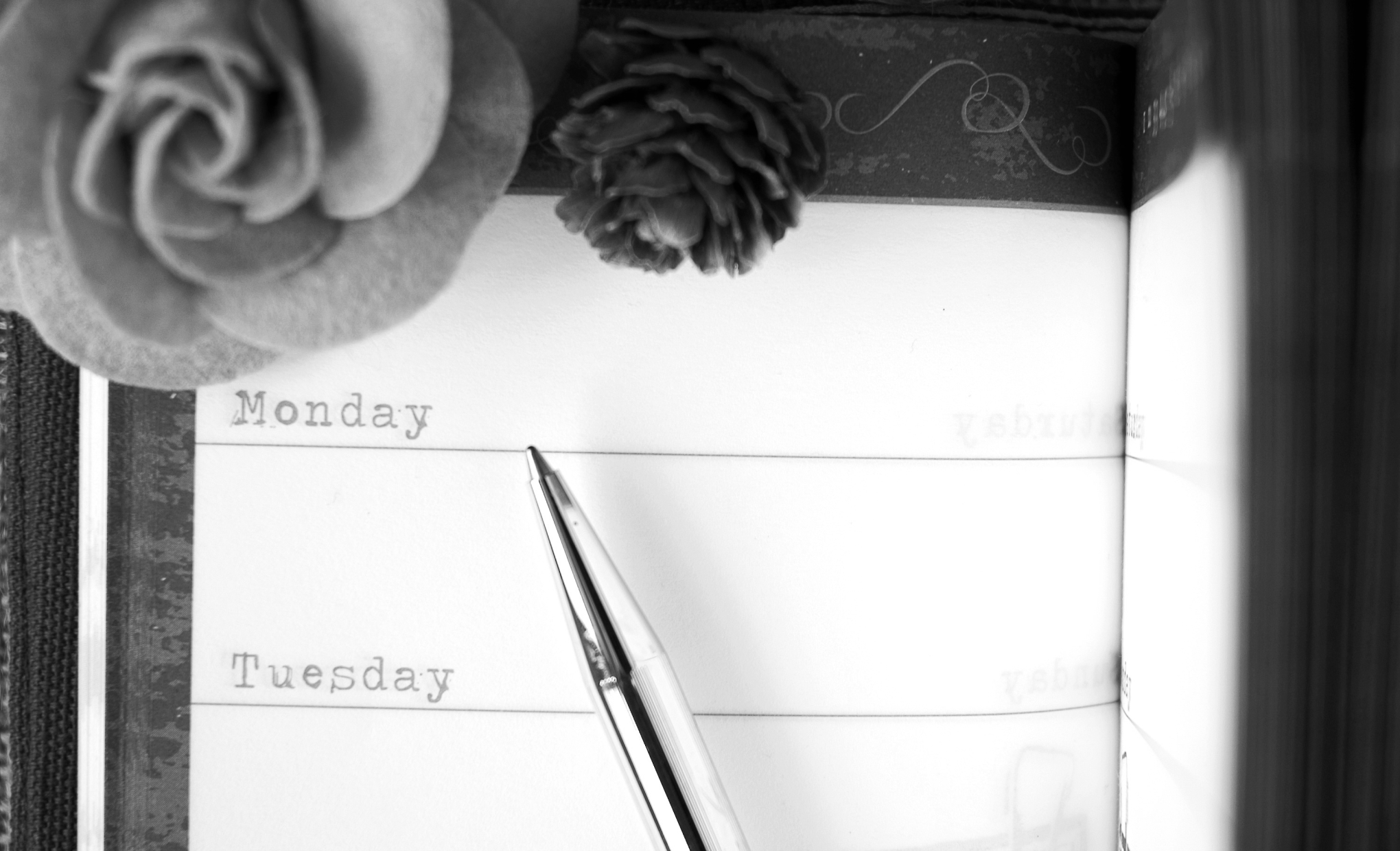America's first day planners can be traced back to George Washington and his contemporaries, who modified their almanacs to include entries detailing their daily activities. However, these early day planners were geared more towards recording days past than planning for the future. They also had a distinctly religious component in holding the writer accountable to God. In 1773, Robert Aitken published what he claimed to be America’s first daily planner; it offered a prefabricated layout very similar to the planners of today. It was laid out week-by-week and included spaces for recording expenses, appointments, and memos. However, it was ultimately unsuccessful, but later on, planners, diaries, and other varieties of blank books like scrapbooks, ledgers, and account books came into widespread use. After the Civil War, during which Union soldiers carried them, daily planners became popular throughout the United States. They were typically referred to by names like the Standard Diary and the American Diary. For the first time, working-class men and women of all classes began using the books — not just upper-class men. These planners also had a moral component but were less focused on God and more on social etiquette, productivity, and self-improvement connected to a general ambition to rise up through the social the ranks of society. Planners have remained a highly used item ever since, though many have become more generalized rather than geared toward a specific goal (though, those do also exist!). Today, many planners are digital, but physical planners remain a multimillion-dollar industry — a testament to their effectiveness and popularity.

Your go-to guide for weird history facts
Subscribe to the FREE daily email that makes learning about history fun.


